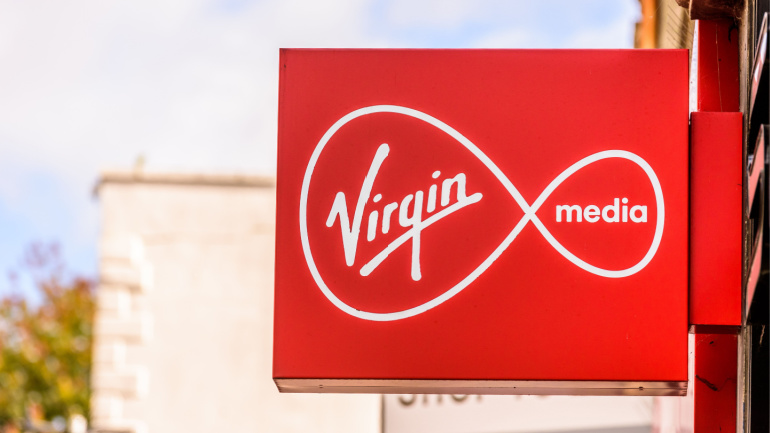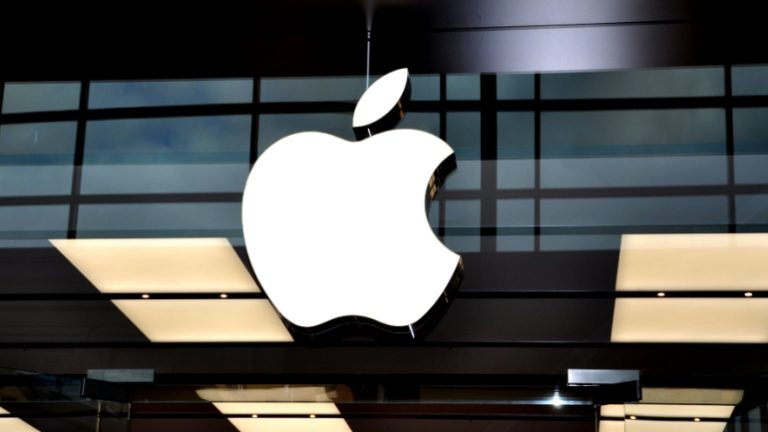
UK telecommunication powerhouse Virgin Media O2 (VMO2) is now offering broadband services utilising its state-of-the-art 10 Gbps-capable XGS PON network. The company has tested the technology with selected customers in a commercial trial that commenced last November, deeming it to be a resounding success.
VMO2’s Chief Technology Officer, Jeanie York voiced her satisfaction, stating “These trials proved successful so now we are taking the next step forward in our network evolution and starting to sell services powered by the latest fibre technology, known as XGS-PON, much more widely.”
Historically, VMO2 customers were primarily catered to by their hybrid fibre coaxial (HFC) infrastructure. The addition of DOCSIS 3.1 raised their capability, permitting VMO2 to swiftly offer services such as gigabit broadband. However, compared to cutting edge fibre-to-the-premises technologies like XGS PON – which supports symmetric 10 Gbps downlink and uplink speeds – DOCSIS was hindered by upload speed limitations.
Upstream data traffic is growing proportionally as businesses and individuals continue to leverage cloud services, create content, and utilise video calling platforms. Although the latest HFC technology, DOCSIS 4.0, brought an improvement in upload speed, it could not match its downlink speed. These considerations influenced VMO2’s decision to invest in a major infrastructure update to full fibre, supported by XGS PON, aiming for completion by 2028.
Parallel to the upgrade, the joint venture nexfibre – owned by VMO2’s parents Liberty Global and Telefónica, and InfraVia Capital Partners – is launching a wholesale FTTP network utilising XGS-PON. This separate project has a target to reach 5 million premises that are currently outside of VMO2’s scope by 2026, with the option to extend coverage to 2 million more. VMO2 is poised to be the venture’s premier customer.
In an era where customers are continuously demanding more data, York outlined the strategic benefit: “XGS-PON and fibre connections will provide customers with even more bandwidth as the technology enables symmetrical upload and download speeds. This means that customers will have the ability to upload as quickly as they download, at speeds of up to 10 Gbps.”
Despite such promising features, it’s worth noting that the availability of XGS PON is initially restricted to selected customers and locations, which are specifically those areas where new fibre has been recently installed or is in the planning stages, as well as areas covered by nexfibre.
Nonetheless, VMO2 seems well poised for the competitive market, with plans to rival Vodafone, another telecommunication giant, which has been dabbling in XGS PON trials via CityFibre.
With all its benefits, XGS-PON isn’t just about improving today’s digital experience. It’s about unlocking the potential for future advancements in technology. And with VMO2’s pioneering steps, we are definitely witnessing the dawn of a new age in fixed connectivity.




